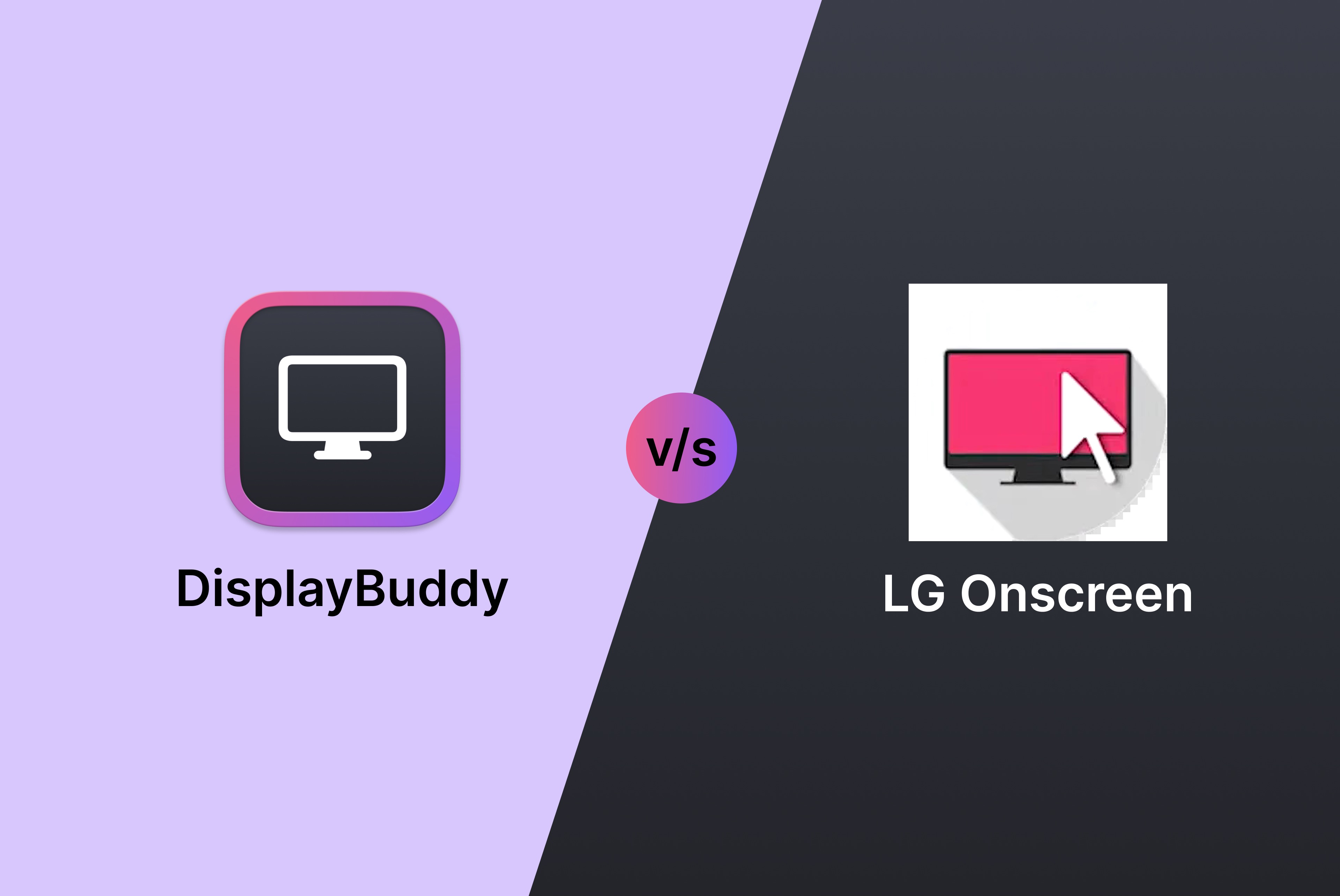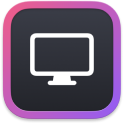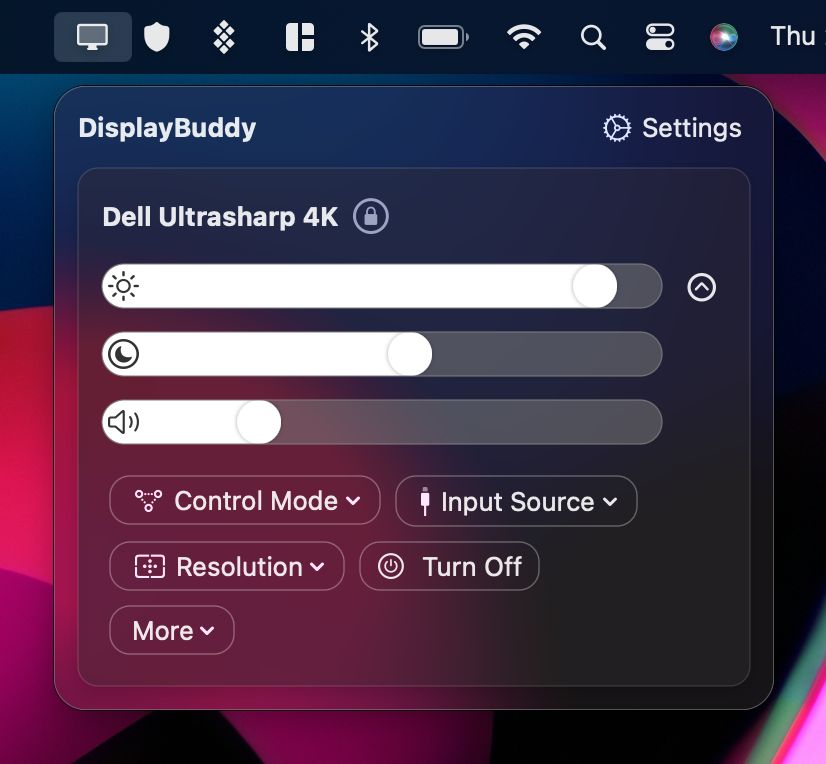DisplayBuddy and LG’s Oncreen Control are two widely used apps for controlling monitors. While LG OnScreen Control only works for newer monitors from LG, DisplayBuddy stands out by offering seamless compatibility with a wide range of monitors.
DisplayBuddy offers some important features which are absent in LG’s Onscreen Control, such as the ability to control brightness, contrast and volume of your monitors, switch between monitor inputs, save presets and sync brightness across multiple monitors.
If you have a mix of monitors from multiple brands, say one from LG and one from Dell, DisplayBuddy will be the only app that lets you control both, while LG’s onscreen control will only work with the LG monitor. And ofcourse, DisplayBuddy has a much cleaner and simpler interface compared to OnScreen control:


DisplayBuddy users have received 46 free updates in the past year, adding support for the latest Apple Silicon chips (M2, M2 Pro and M2 Max), support for Siri and Mac Shortcuts (“Hey Siri, set all my displays to 50% brightness”), as well as several useful features such as making your monitor follow the brightness of your Macbook’s screen, saving presets, and controlling display resolution and rotation.
To help users choose between DisplayBuddy vs LG Onscreen Control, here is a detailed comparison of their capabilities:
| Feature | DisplayBuddy | LG Oncreen Control |
|---|---|---|
| Control the real brightness and contrast of monitors Native brightness control for all monitors without touching the buttons |
(only LG monitors) |
|
| Control displays made by Includes the Apple Pro Display XDR, Studio Display & Thunderbolt Display |
||
| Control non-LG monitors Includes monitors made by Dell, BenQ, Samsung, HP, and many more |
||
| Use keyboard brightness and volume keys Use the keys you’re already used to |
||
| Multi-monitor support Manage all your displays at a glance |
||
| Control display resolution and rotation | ||
| Sync controls across multiple displays Make all monitors follow one monitor’s brightness or contrast |
||
| Create Presets Save settings across multiple displays and restore them with a single click |
||
| Use Siri to control your monitors “Hey Siri, set all my displays to 80% brightness” |
||
| Supports Mac Shortcuts Setup automations on the Shortcuts app to control your monitors as part of your workflow |
||
| Simple, intuitive design |
||
| Works on macOS Big Sur and above |
||
| Screen Split Feature |
DisplayBuddy lets you control the real brightness of your monitors directly from your Mac - no need to touch your clunky monitor buttons! It has been tested on a wide range of monitors from manufacturers such as Dell, Acer, LG, Samsung, BenQ & Asus, and works flawlessly with most displays. It’s a one-time purchase with a lifetime license, and a 7-day no questions asked refund guarantee if it doesn’t work with your monitor.


